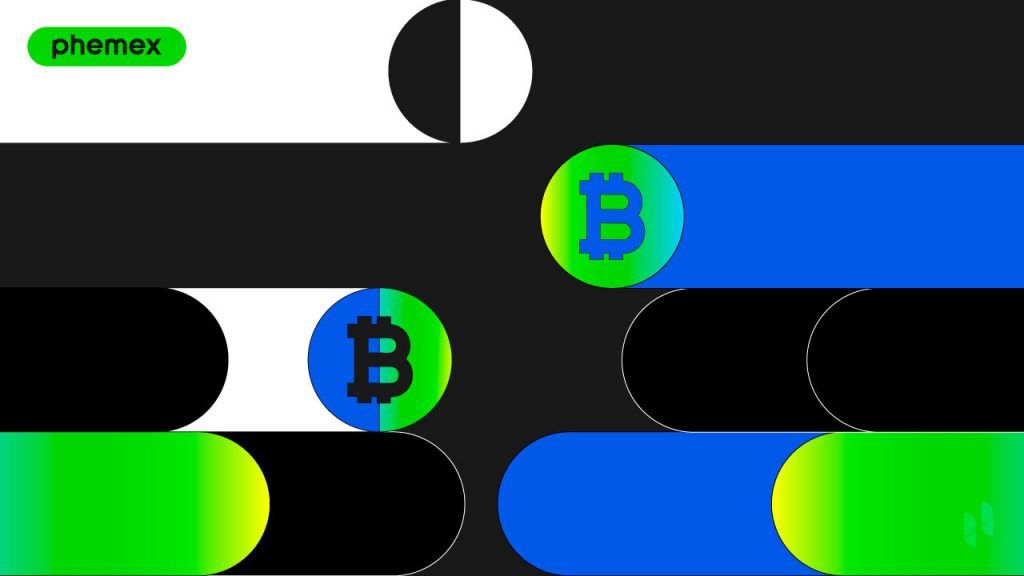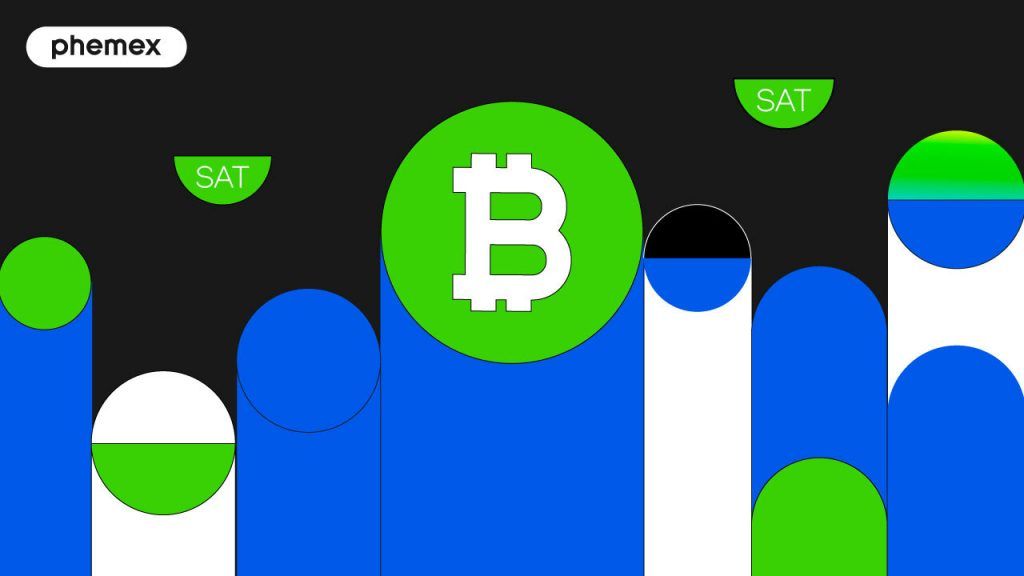Bitcoin (BTC) has attracted a myriad of market participants ranging from retail investors to global institutions. The introduction of decentralized finance has paved the way for wider adoption of digital assets, and over the last year the blockchain industry has been profoundly impacted by the rapid inflow of capital.
Bitcoin is no stranger to extreme price rallies, which are often lengthy and draw-down over significant periods. Cryptocurrencies in general are infamously volatile, but they’ve also been observed to move through cyclical patterns over time. Having a good grasp over these market cycles can be extremely beneficial to all kinds of investors in this market.

Cryptocurrency Markets and Volatility
Volatility is a natural part of cryptocurrency market activity. Bitcoin was priced at just $29,089 on January 1, then ran up to a fresh peak above $63,000 in April before retracing back to the same level after a couple of months, then surging back to $45,000.

With skyrocketing all-time highs and depressive troughs occurring at a blinding rate, digital asset volatility often shakes weak hands out of the market. However, even the most experienced investors and traders can be caught off guard, which is where understanding market cycles helps significantly. The mark of a skilled investor is their ability to cut through the FUD, FOMO, and noise to observe what’s actually going on.
What is a Market Cycle?
In any financial market, whether it’s stocks or cryptocurrencies, market cycles are a natural occurrence. However, cryptocurrency market cycles function in a unique manner because it’s a relatively new industry.
Similar to other market cycles, a crypto cycle can be defined as the period between the all-time high and low of a market — more specifically, the stages in-between. Price progressions are bound to resurface time and again.
Understanding Cryptocurrency Market Cycles
Market cycles generally consist of four distinct phases to interpret and analyze the price action of a particular asset, including accumulation, markup, distribution, and markdown. Market cycles in cryptocurrency are no different. Cryptocurrency market cycles can be as brief as a few months, but can extend for up to a few years. There are 4 phases of a market cycle:
1. Accumulation Phase
After a market bottoms, asset prices tend to flatten. During this phase, the sentiment that the worst is over starts to seep in. At this point, market participants with large holdings such as corporate insiders, early adopters, and experienced traders start buying the dip, raking in undervalued assets at cheap rates. Even though the overall sentiment remains bearish, valuations appear lucrative to bullish investors.
The accumulation phase can be characterized by a period of consolidation. There is no clear trend and a lot of indecisiveness in the market, and investors may note a contraction of the price range. While the transition is often slow, the accumulation phase usually precedes an uptrend. After a long period of consolidation, the accumulation phase ends when market sentiment shifts from negative to neutral.
2. The Markup Phase
During this phase, the market appears relatively stable and begins to climb. Larger players saturate the asset’s buying power, and informed traders start buying further to bolster the bullish trend. Though sellers continue offloading, the overall trend remains positive.
After a while, FOMO sets in, which often fuels the asset’s price higher. As trading volumes spike, valuations begin to touch fresh peaks. Greed in the markup phase kicks in, and just as the broader market gets excited, high-profile investors begin to offload.
Eventually, price expansion begins to slow down, causing the market to experience a pullback. At this stage, cohorts of investors may step in, seeing a renewed buying opportunity that pushes the price to one last parabolic move. However, since an uptrend is no longer sustainable, prices begin to reach a peak. The markup phase sees a transition from a neutral to bullish sentiment followed by a massive euphoria.
3. Distribution Phase
The distribution phase can be identified by the dominance of sellers after the market’s bullish sentiment dampens. During the market cycle’s third phase, the overall sentiment appears mixed. Prices tend to be range-bound, and the market trades sideways after an extended uptrend. High-profile traders are likely to distribute or sell off their positions at this stage, but while maintaining caution so as not to drive abrupt changes in market prices and causing deeper corrections.
In addition to greed, there is a combination of fear and a hope of resurgence in the market. As such, the distribution phase includes price peaking signals. Price patterns also take the shape of bullish indicators such as double and triple tops or head and shoulders. As the phase progresses, sentiment switches more towards the negative side, where even a single piece of bad news can adversely affect prices and trigger sell-offs.
The distribution phase is also marked by high volatility, and late-comers are often on the losing end. Many investors settle for a breakeven price or incur small losses. This period can be very short, but since it involves consolidations, breakouts, and pullbacks at small scales, it might also take up to many months.
4. The Markdown Phase
The markdown is the fourth and final phase of the market cycle. This phase can be quite upsetting for those who still hold positions. Most beginners and inexperienced traders are often caught unprepared by this phase.
Some investors continue to hold their investment rather than suffer their losses. However, they begin to offload when the market slashes by more than half its peak value. This is when laggards, who purchased during the distribution phase or at the start of the markdown phase, lose hope and subsequently cut their losses.
On the other hand, this can be a buy signal for early investors who purchase assets at discounted and depreciated rates. This stage also confirms an imminent bottom.

How Many Bitcoin Cycles Have There Been?
Bitcoin is still very young, but the cryptocurrency market has already seen four distinct cycles since its inception in 2009. Many believe cryptocurrency market cycles revolve around BTC’s halving event, which takes place every four years, and is when the scheduled supply rate is cut in half. However, others believe the halving event takes place in the middle of a market cycle.
To this day, the Bitcoin halving event has occurred three times. First in 2012, then 2016, and more recently in 2020. In 2017, Bitcoin’s lowest price was recorded near $3.1k. This was significantly higher than 2013’s top when Bitcoin was trading near $1.1k. Every bottom of a major cycle has failed to climb to the top of the previous one.
What is A Crypto Supercycle?
The notion of a supercycle is unique to cryptocurrency. It refers to a potential price expansion of the entire crypto market as blockchain technology nears mass adoption. The supercycle would theoretically tower over all the past bull markets as institutional money floods in alongside retail adoption. However, the supercycle concept is quite subjective because it’s not defined by strict parameters. Some pundits believe that the current cycle may be part of the supercycle because Bitcoin prices have increased fivefold within one year. Others think the rapid rise in price is merely a bubble waiting to burst. If a supercycle is to occur, then major cryptos like Bitcoin are expected to continue breaking all-time highs with no significant, long-lasting dips.

Bitcoin Pi Cycle Top Indicator
Notably, each Bitcoin market cycle has faced severe correction right after a bull run. To help warn investors against these abrupt and often painful drawdowns, the Bitcoin Pi Cycle Top indicator is used to predict peaks as bull runs come to a close. Created by Phillip Swift in the year 2019, the indicator has proved to be quite powerful in identifying the timing of market cycle highs within three days and also depicts when the market is overheated with activity.
How can traders take advantage of market cycles?
Sound Bitcoin investments are all about managing risks and maximizing gains, but it can be easy for investors to miss out on opportunities due to market noise. Smart money investors often choose the accumulation phase as the best time to buy Bitcoin when the overall market sentiment is bearish and the asset has bottomed out.









